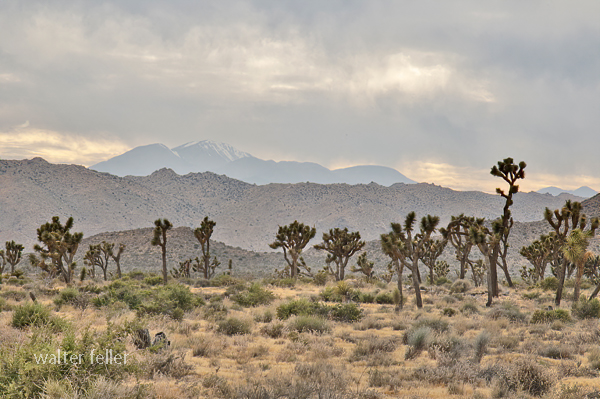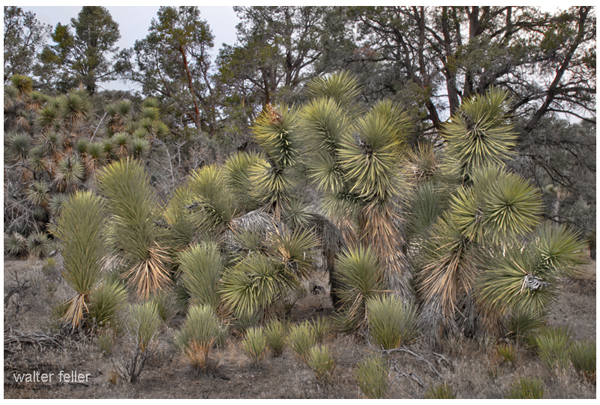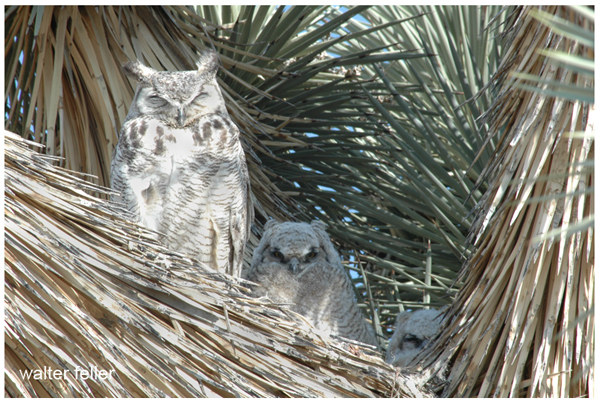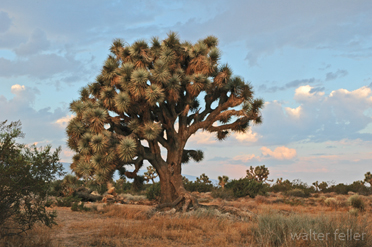Joshua Tree Woodland

Joshua Tree woodlands are unique geographic zones in the Mojave Desert well-known for the peculiar looking trees called Joshua trees. These trees seem like they come from another world and can reach up to 40 feet high. They grow in sandy shale and rocky land and can do with very little water, thus ideal for the hot desert climate.

Joshua trees with pinon pine overstory
Here it is possible to meet a lot of interesting plants and animals in these woodlands. One can find creosote bushes, Mojave yuccas and the flowers bloom in the spring. This place is home to such animals as the desert tortoise, the jackrabbit and the coyote.

Great horned owl
These woodlands are important because they afford foods and harbors to many of the desert animals. Nevertheless, they are threatened by climate change and human activities. These woodlands are protected by places such as the Joshua Tree National Park. When visiting, one should avoid getting off the trails, should carry water with him/her and should never interfere with the animals.

Joshua tree -
yucca brevifolia
Wildlife Habitat
Ripley Desert Woodland

Saddleback Butte
Natural Science: Joshua Tree
Joshua trees tell you are truly in the Mojave. Joshua trees are a species of yucca that could grow up to 35-50 foot tall rather than a tree. They prefer gradually sloping or flat, well-drained areas.Compare them with other yuccas that typically grow nearby. Banana yuccas, for instance, grow up to 5 feet tall and have long blue-green, curved spines. Mojave yuccas can reach 20 feet in height and branch above ground level.
One of the Mojave's many lizard species, the desert night lizard, lives in decaying plant matter such as downed Joshua trees. Despite its name, this tiny lizard is diurnal but may be active after nightfall hunting termites.
Insects, often attracted by flowers of the Mojave mound cactus and threadleaf groundsel, become food for birds. Joshua tree woodlands support species such as Scott's oriole and the American kestrel, a bird of prey.
NPS Interpretive sign
| GLOSSARY | > diurnal, insect, prey, species, woodland |